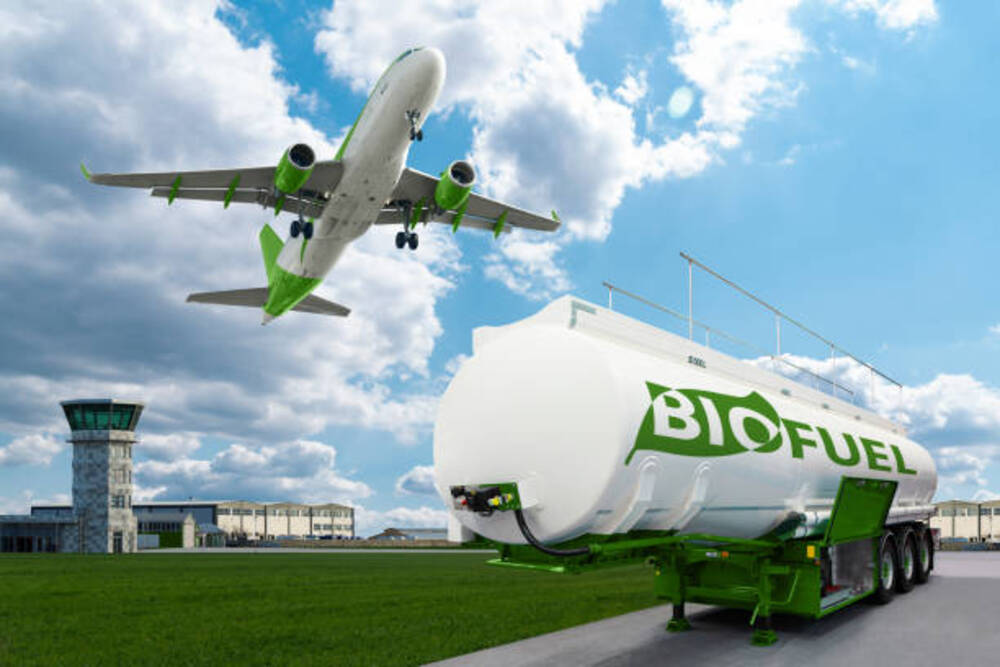According to a top airline trade group, global emissions-related requirements may be triggered as early as next year due to rising airline traffic. While the effectiveness of this approach is being debated, a United Nations-led scheme seeks to cap airline emissions from international flights at 85% of 2019 levels in the first phase of its Carbon Offsetting and Reduction Scheme for International Aviation (CORSIA).
This action is critical in the fight against climate change because the aviation industry accounts for approximately 3% of global emissions.
What is CORSIA and what it means for reducing airline emissions?
CORSIA was approved in 2016 by the U.N. International Civil Aviation Organization’s (ICAO) assembly.
The International Civil Aviation Organization (ICAO) cannot impose rules on governments, but its 193 member countries overwhelmingly adopt its standards. Although the first phase of CORSIA is voluntary, airlines from participating countries such as the United States must adhere to it.
Airlines may begin purchasing carbon offsets as early as next year to meet CORSIA emissions obligations.
The IATA’s projections, based on expected traffic recovery, were previously unknown. The offset amounts, which are dependent on traffic, are not yet known.
The US Federal Aviation Administration stated that requirements for CORSIA’s first phase will not be calculated until 2026, but IATA stated that airlines can begin purchasing credits earlier.
Carbon offsets cost less than SAF but do not reduce airline emissions
While offsets are less expensive than SAF, critics claim they do not reduce actual airline emissions, which are critical to the industry’s environmental goals. Offsets have been criticized by some executives.
United Airlines CEO Scott Kirby has dubbed them “greenwashing” and has called for their abolition, estimating that planting trees on every available acre of land would address less than five months of emissions.
What is sustainable aviation fuel (SAF)?
SAF is manufactured in small quantities from feedstocks such as cooking oils and animal waste and costs two to five times as much as conventional jet fuel. Increased production and commercial viability would necessitate massive investment, including government incentives such as tax credits.
According to IATA, global SAF production will meet only 2% of global aviation fuel needs by 2025.
The economics of carbon offsets and SAF
It makes no sense for an airline to buy expensive SAF when it can buy cheap offsets instead, according to Jo Dardenne, aviation director at Brussels-based Transport & Environment.
According to United Chief Sustainability Officer Lauren Riley, a metric ton of carbon reduction through offsets costs about $10 to $15 versus about $200 through SAF. She told the media that the economy is difficult.
But what about airline emissions?
Rising airline emissions are a significant contributor to global emissions. While offsets are less costly, they do not lower actual airline emissions.
SAF production is expensive, and its production is currently low, making it commercially unviable. The aviation industry must focus on sustainable alternatives like SAF, innovations like electric aircraft, and carbon sequestration to reduce its emissions.
It’s crucial to have a well-defined strategy that considers both environmental concerns and economic feasibility.

